Earth news stories
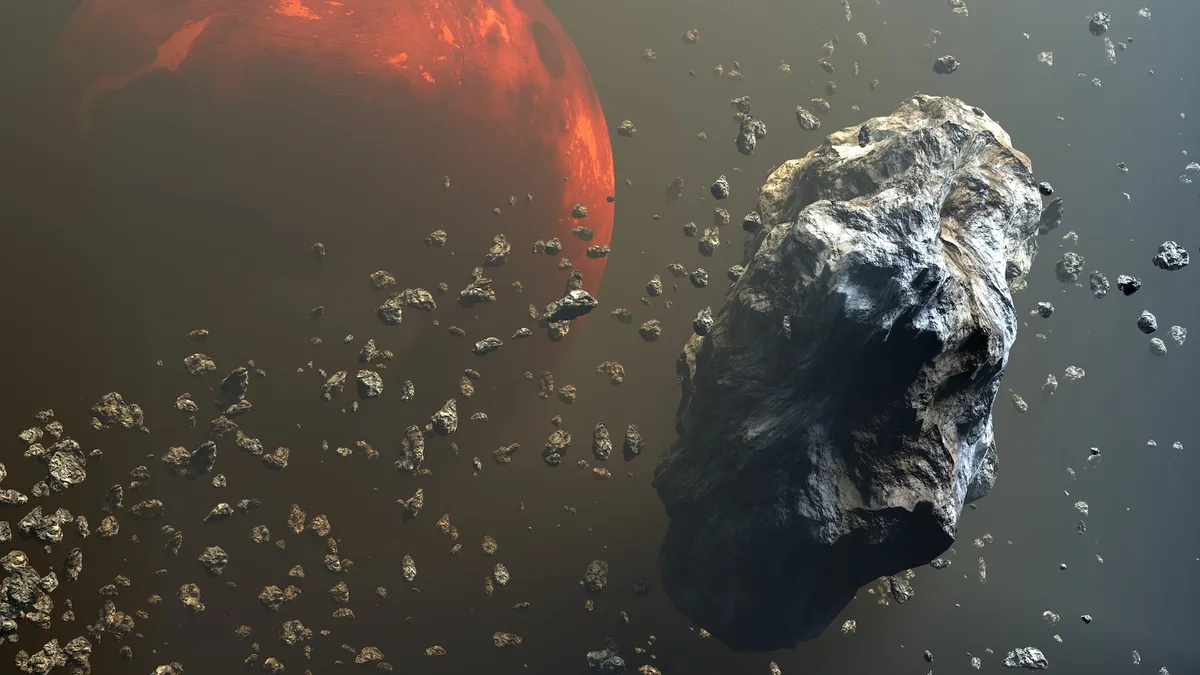
Astronomers have traced the origins of 200 meteorites to five impact craters in two volcanic regions on Mars, known as Tharsis and Elysium.
The significance of ancient human fossils found in Africa is undeniable. But new research questions whether African fossil sites tell the whole story. See the study here.
A new paper published in the Proceedings of the National Academy of Sciences focuses on testates to better understand the evolution of ecosystems on Earth and predict what the planet may look like in the future.
Scientists have mapped the path of an ancient underwater avalanche which travelled 2,000km across the seafloor off the northwest coast of Africa. The new study appears in Science Advances.
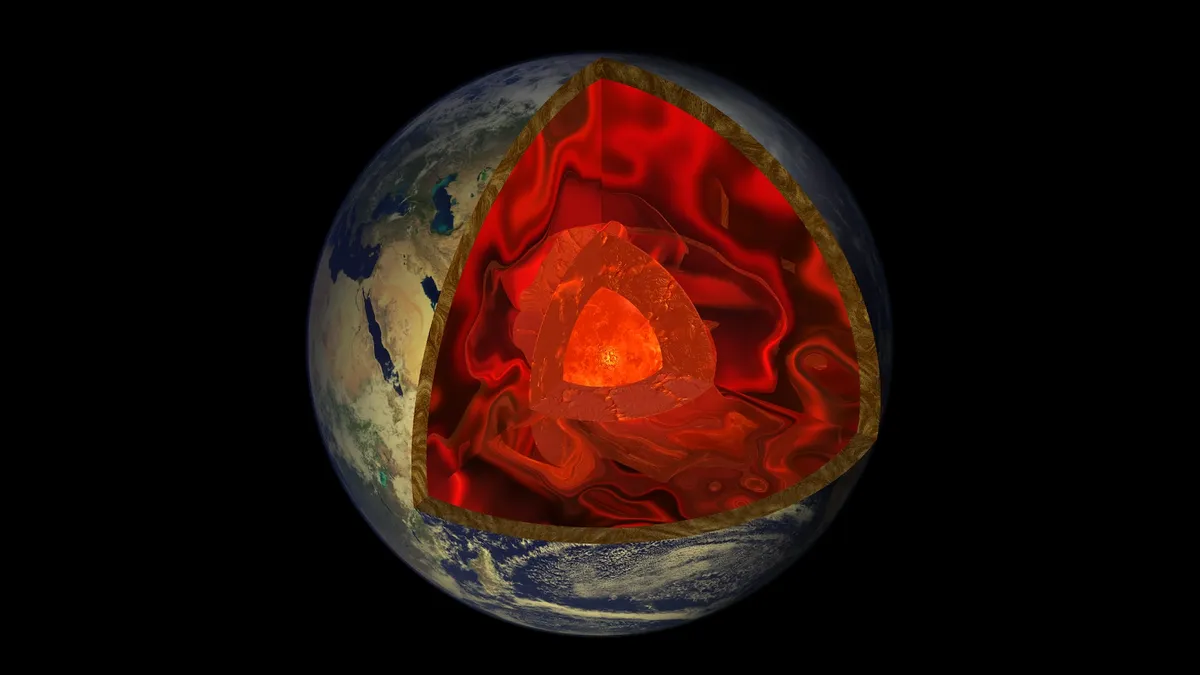
Mysterious zones in the deep mantle where earthquake waves slow to a crawl may actually be everywhere, new research finds.
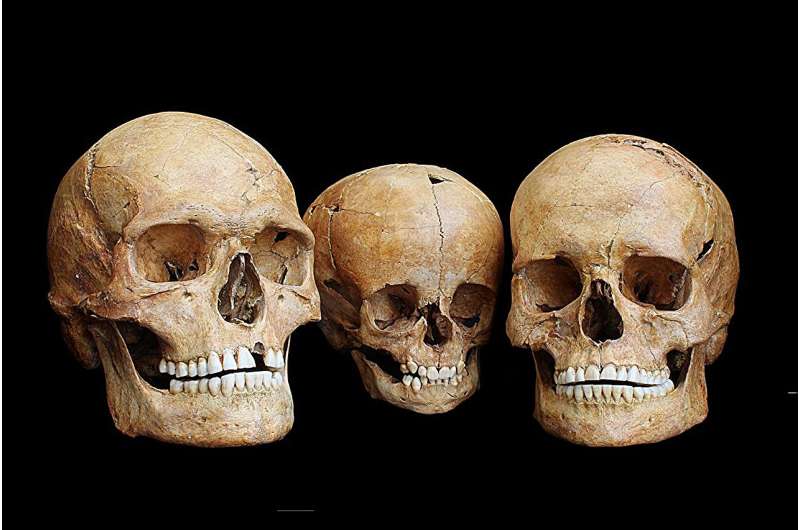
Population sizes declined sharply during the coldest period, and in the West, Ice Age Europeans even faced extinction, according to the study published August 16 in the journal Science Advances.
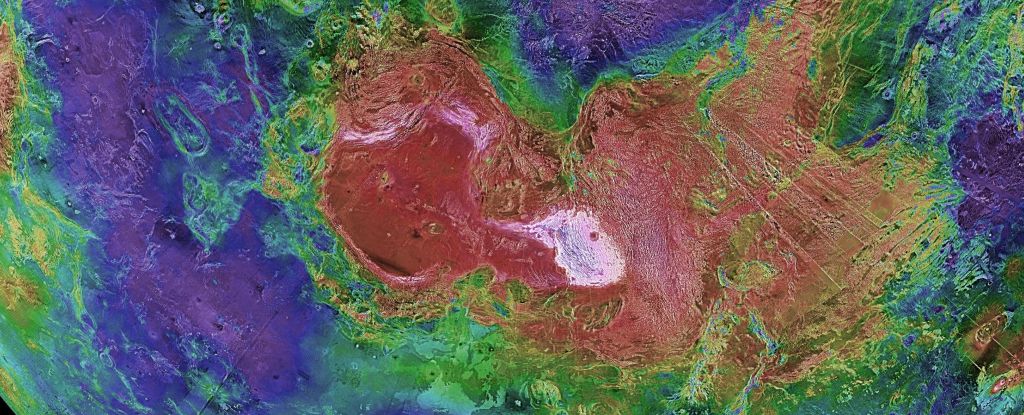
Venus and Earth seem like twins who, through dramatically different circumstances and choices, ended up leading dramatically different lives. The research has been published in Nature Geoscience.

Researchers say they’ve recovered one of the world’s oldest known dinosaurs after heavy rains exposed a Herrerasaurid skeleton in southern Brazil.
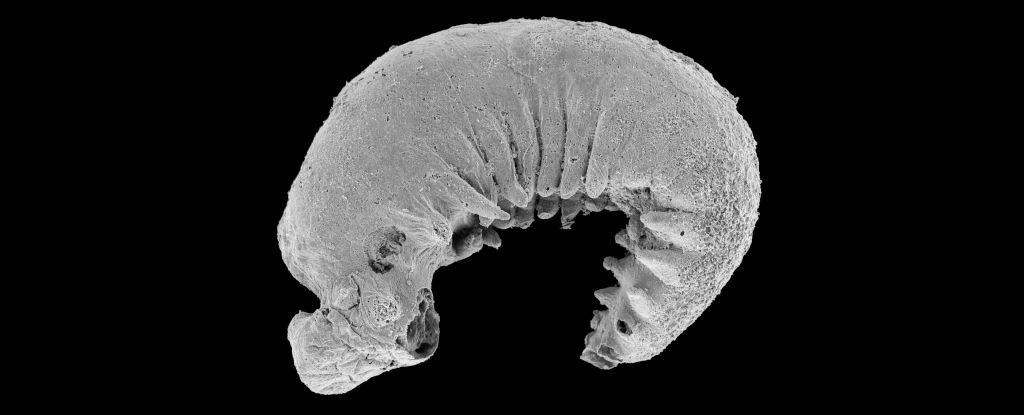
Every now and again, our planet ponies up a fossil so spectacular that almost all you can do is gape in wonder. The research has been published in Nature.
Indigenous peoples in South America – primarily in Peru, Brazil and other parts of what is considered the Upper Amazon – have been using ayahuasca for medicinal and religious purposes since at least 900 B.C.E. Hieroglyphic paintings depict the use of the sacred brew in a ceremony from the period of 900-250 B.C.E. Western interest in ayahuasca, however, has created some challenges for local Indigenous communities.
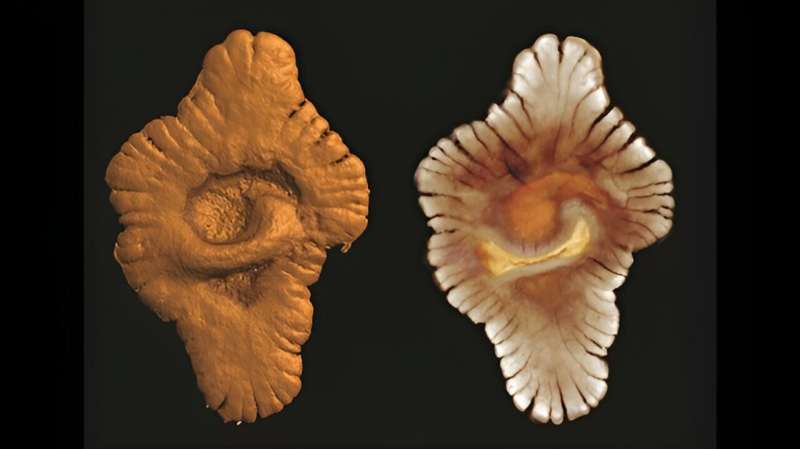
Until now, scientists broadly accepted animals first emerged on Earth 635 million years ago. But a team, led by Cardiff University, has discovered evidence of a much earlier ecosystem in the Franceville Basin near Gabon on the Atlantic coast of Central Africa over 1.5 billion years earlier. Their study is presented in Precambrian Research.

Chugging quietly away in the dark depths of Earth’s ocean floors, a spontaneous chemical reaction is unobtrusively creating oxygen, all without the involvement of life. This unexpected discovery upends the long-standing consensus that it takes photosynthesizing organisms to produce the oxygen we need to breathe. This research was published in Nature Geoscience.

Indigenous leaders denounce a “spiritual extractivism” of the psychedelic plant taking place and warn about the impacts of its exploitation on the forest and traditional knowledge.

This year, the famous festival Hayes Pavilion showcased seaweed bioplastic, proving biomaterials can create functional, sustainable structures for events and inspire eco-conscious design.
A chance encounter in remote Australia, and years of painstaking analysis has pushed back evidence for the start of complex life on the planet by 750 million years.
Scientists have found a surprising connection between dinosaurs and ancient grapes. Fossilised seeds found in Central and South America hint that the mass extinction at the end of the “Age of Dinosaurs” might have created the conditions for ancient grapes to spread. See the study published in the journal Nature Plants.








